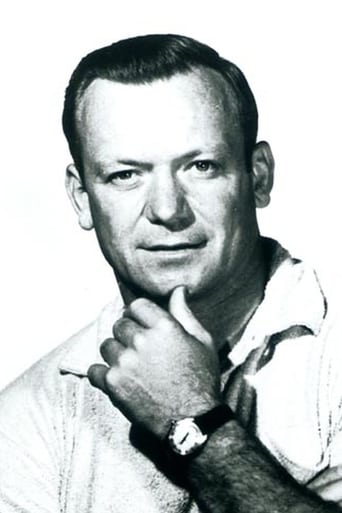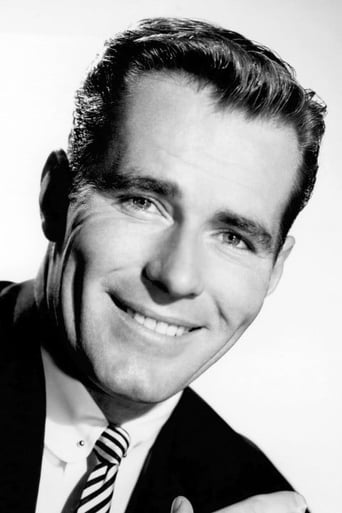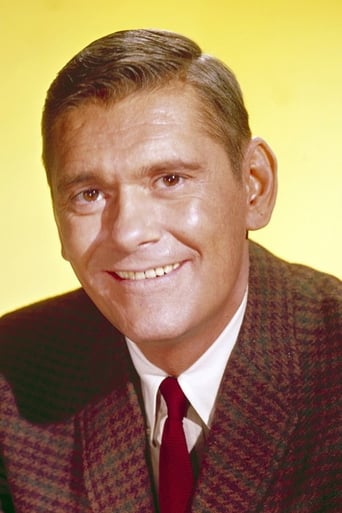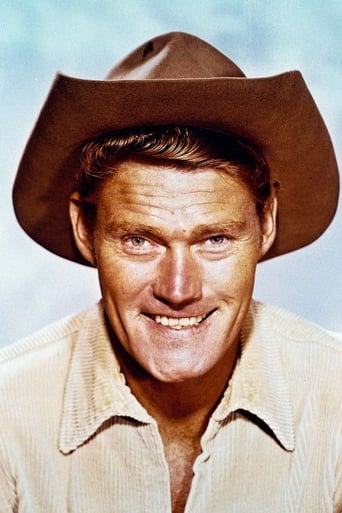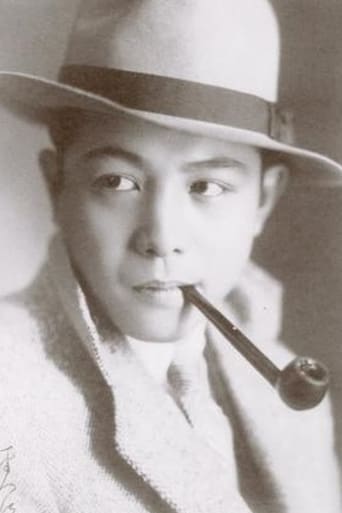ThiefHott
Too much of everything
Acensbart
Excellent but underrated film
ChicRawIdol
A brilliant film that helped define a genre
Bumpy Chip
It’s not bad or unwatchable but despite the amplitude of the spectacle, the end result is underwhelming.
Alana O'Reilly
I'm writing this in reaction to some of the comments posted about this movie. Although this movie is a product of Hollywood, and therefore tends to be sickly sweet, I want to confirm that almost all of the story is true. My grandfather was nowhere near as racist as Aldo Ray's character in the beginning of the movie, but having fought in brutal conditions in the Pacific against a foreign enemy, he naturally felt great resentment against the Japanese people. Understandably, when he first arrived in Japan, he wanted very little to do with the Japanese people. However, when he first came across the devastated orphanage in Osaka, he knew immediately that he had to come to the aid of the children who were barely surviving in a war-torn nation. He did in fact steal food and medicine for the children, and started collecting donations from fellow soldiers. His efforts that had begun 60 years ago continue to this day, and the orphanage is still closely tied to the Wolfhounds. He also met and married my grandmother, Yuko, (who was the translator in the movie for the sake of the story). This movie should not just be taken at face value, but understood for its deeper meaning. My grandfather's story is just an example of the human connection between completely foreign people. People whose lives were destroyed by an unspeakably devastating war, still managed to surpass their hatred for one another, and find some peaceful middle ground.
moonspinner55
In 1949 Occupied Japan, a U.S. Army sergeant who despises the locals ultimately finds a soft spot in his heart while working with the nuns and children at a bedraggled orphanage, soon falling in love with a Japanese translator. Although this story is based upon fact, with the real-life protagonist Sgt. Hugh O'Reilly acting as technical adviser, one hesitates to swallow such a big lump of sugar. The film has been designed as a heart warmer, and yet--as bullet-chested, no-nonsense Aldo Ray plays O'Reilly--the character's complete transformation into an old softy is rather too good to be true. Ray, who got stuck in a revolving door of battle films during this period, isn't an animated actor on-screen, his personality mostly consisting of a stoic manliness; here, he strains to utilize his goofy laugh and dumb-mug smile to convince us he's just a big kid on the playground (one with love in his eyes). Ray is a decent actor, but this part would be a stretch for even the most accomplished performer. Buddy Dick York gets some second-banana laughs, Phil Carey is a by-the-books colonel whose heart eventually thaws, while the sisters and little ones are constantly around to milk the audience for the utmost treacly effect. I didn't believe a minute of it. ** from ****
bobp31
This movie was filmed in Osaka, Kyoto, Camp Otsu and around Beiwako (Lake Biwa). My commanding officer Lt. Brazil was the officer in the movie that loaned his jeep to Aldo Ray. I also had another friend in the film Dick Simonaue that played a M. P. that had a speaking part. The film was well made and showed the resentment that some of the American service men had for the Japanese. This is understandable because it took place in that period between 1945 and 1951. Most of the men there had just fought in the war and remembered how some of the Japanese soldiers killed civilians and tortured their prisoners. After a while they begin to see that the average Japanese people were not much different then ourselves. This brought about the understanding and liking the Japanese people. The picture was finished in February of 1955 and shown in the Camp Otsu theater in June of 1955. If it ever comes back to TV I would like to tape it because of the fond memories that I have of that time. Robert
sharptongue
Heartwarming tale, based on a true story. An American GI in Japan for the post WWII occupation hates the Japs, and is rather a grouch. But he falls in love with a Japanese orphanage worker and proceeds to do much to help the plight of the orphaned children. This includes actually stealing army supplies, and diverting them to the kids !The story doesn't fall into the trap of being soppy or sickly sweet, and the depiction of army life is pretty realistic. A feelgood story, very well done. Highly recommended.
